Shubham Maheshwari
WiseR: An end-to-end structure learning and deployment framework for causal graphical models
Aug 19, 2021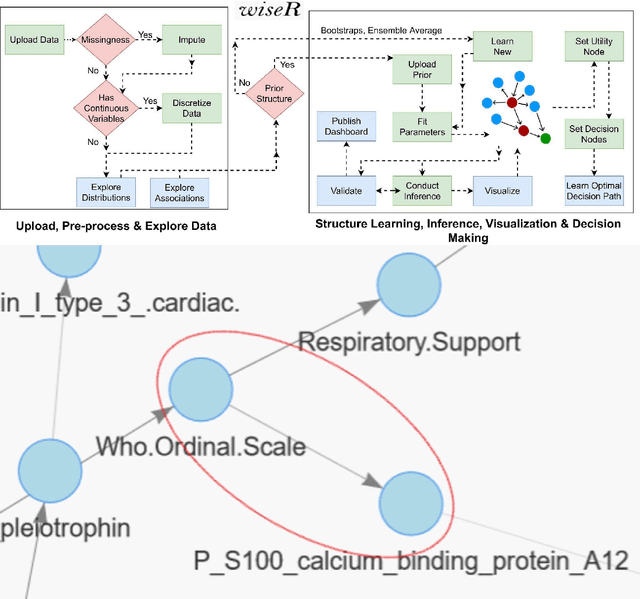
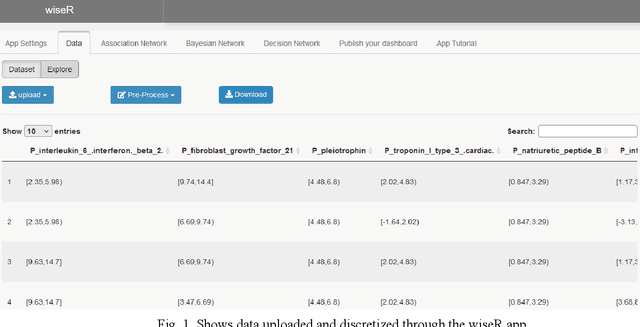
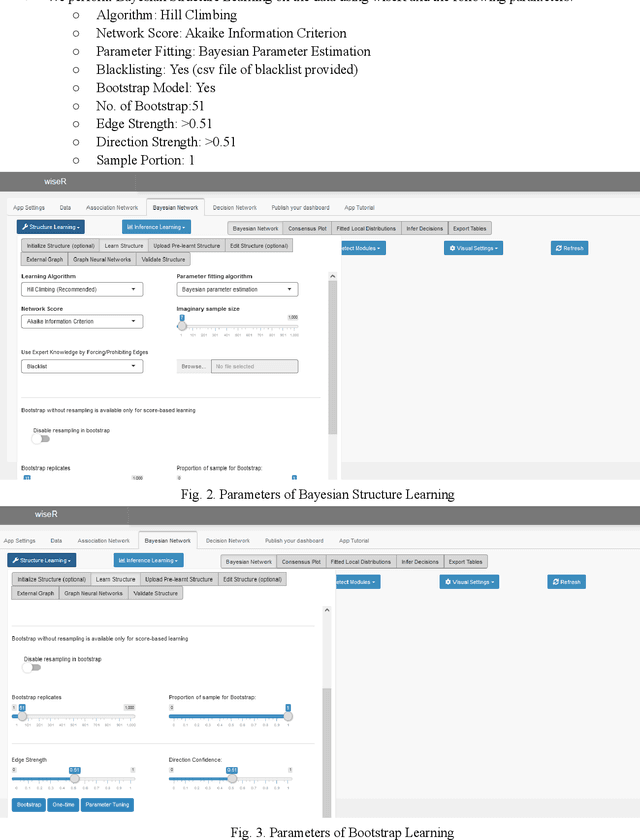
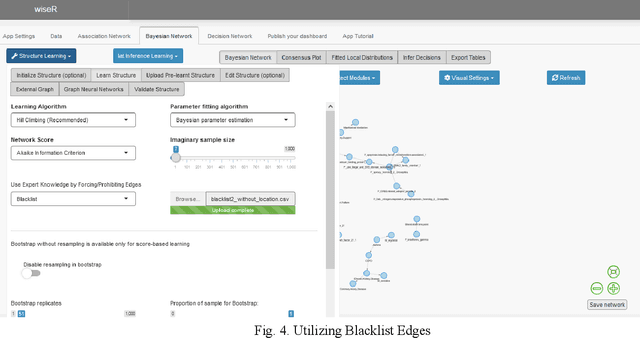
Abstract:Structure learning offers an expressive, versatile and explainable approach to causal and mechanistic modeling of complex biological data. We present wiseR, an open source application for learning, evaluating and deploying robust causal graphical models using graph neural networks and Bayesian networks. We demonstrate the utility of this application through application on for biomarker discovery in a COVID-19 clinical dataset.
Harnessing GANs for Addition of New Classes in VSR
Jan 30, 2019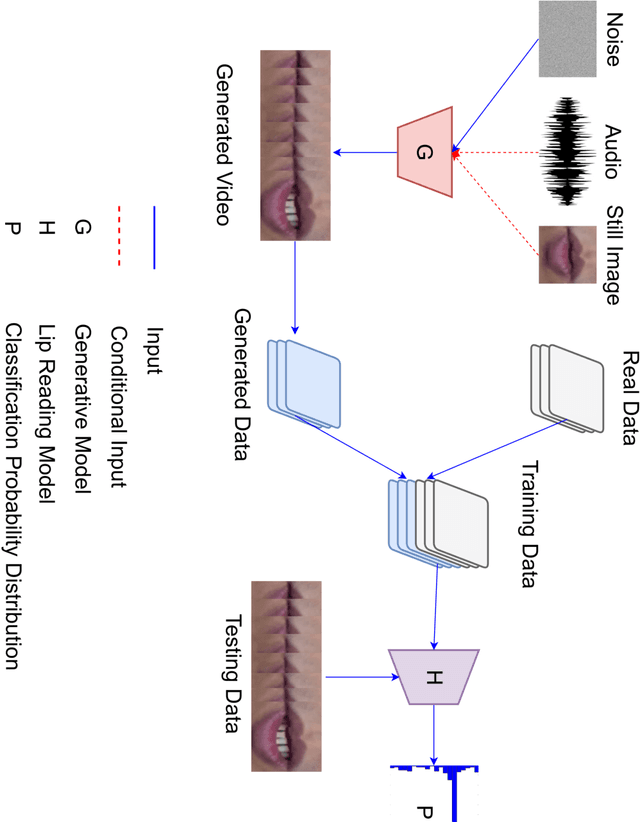

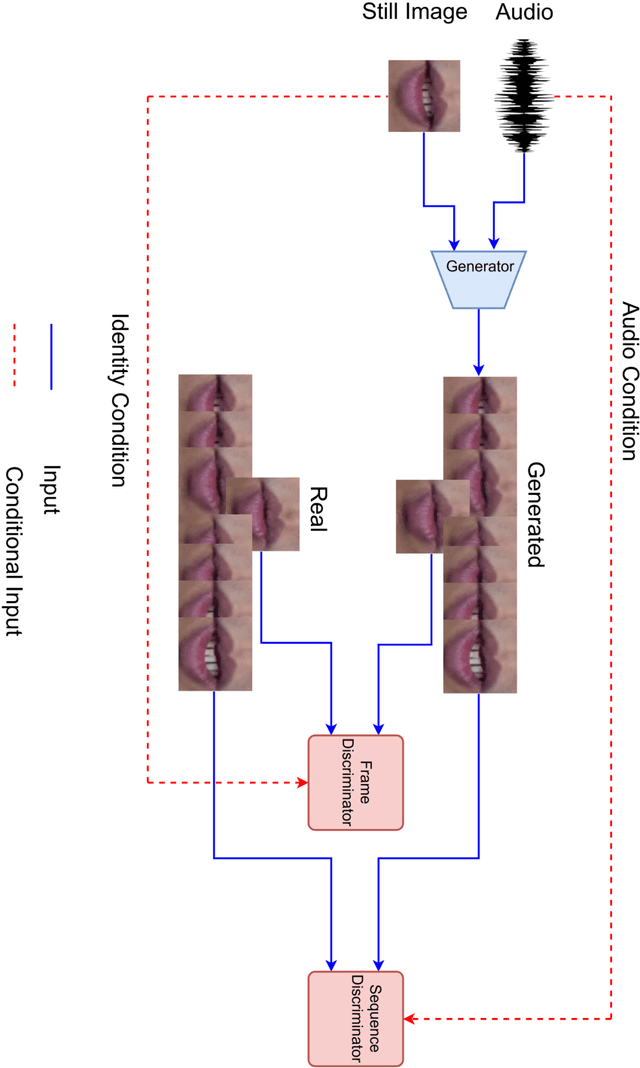
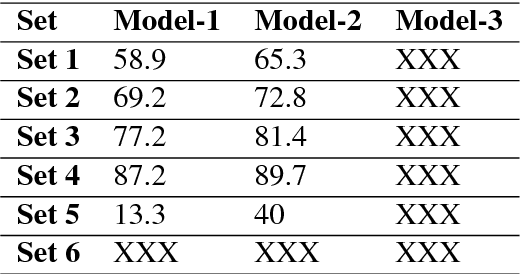
Abstract:It is an easy task for humans to learn and generalize a problem, perhaps it is due to their ability to visualize and imagine unseen objects and concepts. The power of imagination comes handy especially when interpolating learnt experience (like seen examples) over new classes of a problem. For a machine learning system, acquiring such powers of imagination are still a hard task. We present a novel approach to low-shot learning that uses the idea of imagination over unseen classes in a classification problem setting. We combine a classifier with a `visionary' (i.e., a GAN model) that teaches the classifier to generalize itself over new and unseen classes. This approach can be incorporated into a variety of problem settings where we need a classifier to learn and generalize itself to new and unseen classes. We compare the performance of classifiers with and without the visionary GAN model helping them.
Learning to Address Health Inequality in the United States with a Bayesian Decision Network
Sep 18, 2018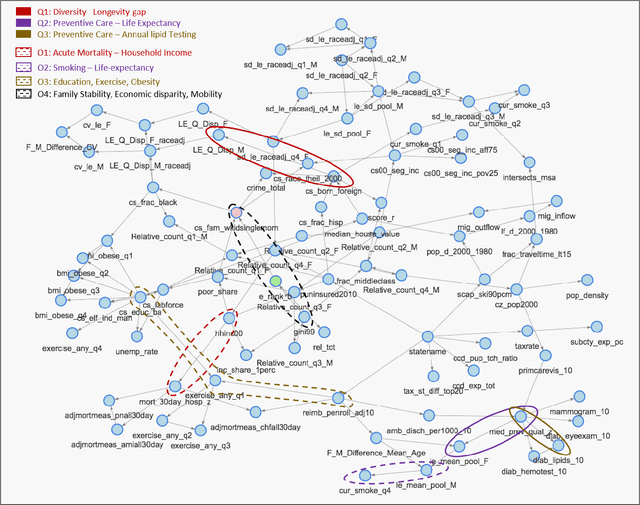
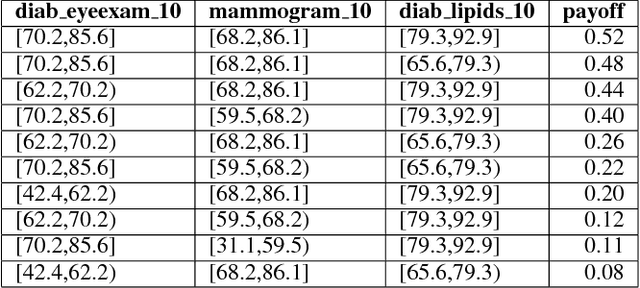
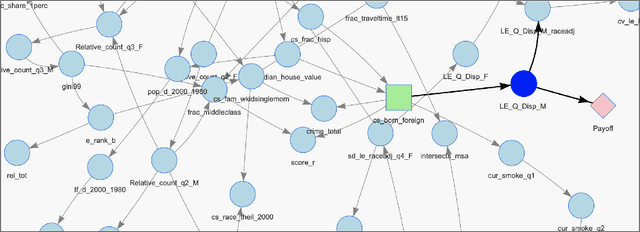
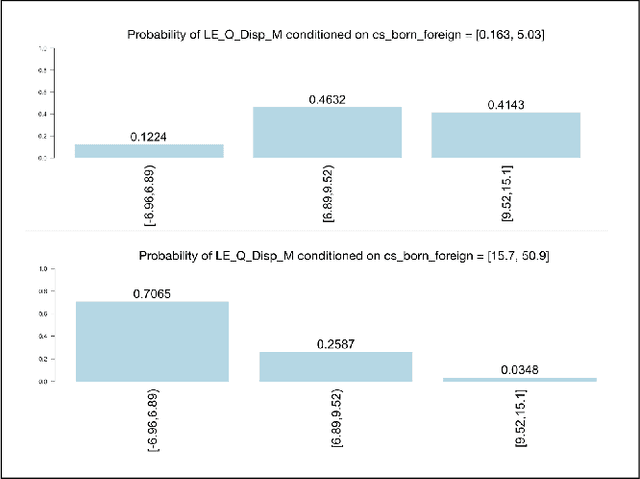
Abstract:Life-expectancy is a complex outcome driven by genetic, socio-demographic, environmental and geographic factors. Increasing socio-economic and health disparities in the United States are propagating the longevity-gap, making it a cause for concern. Earlier studies have probed individual factors but an integrated picture to reveal quantifiable actions has been missing. Amidst growing concerns about the further widening of healthcare inequality and differential access created by Artificial Intelligence, it is imperative to explore it's potential for illuminating biases and enabling transparent policy decisions. In this work, we reveal actionable interventions for decreasing the longevity-gap in the United States by analyzing a County-level data resource with healthcare, socio-economic, behavioral, education and demographic features. We learn an ensemble-averaged structure, draw inferences using the joint probability distribution and extend it to a Bayesian Decision Network for identifying policy actions. We draw quantitative estimates for the positive roles of diversity, preventive-care quality and stable-families within the unified framework of our decision network. Finally, we make this analysis and dashboard available as an interactive web-application for enabling users and policy-makers to validate our insights on bridging the longevity-gap and explore the ones beyond reported in this work.
 Add to Chrome
Add to Chrome Add to Firefox
Add to Firefox Add to Edge
Add to Edge